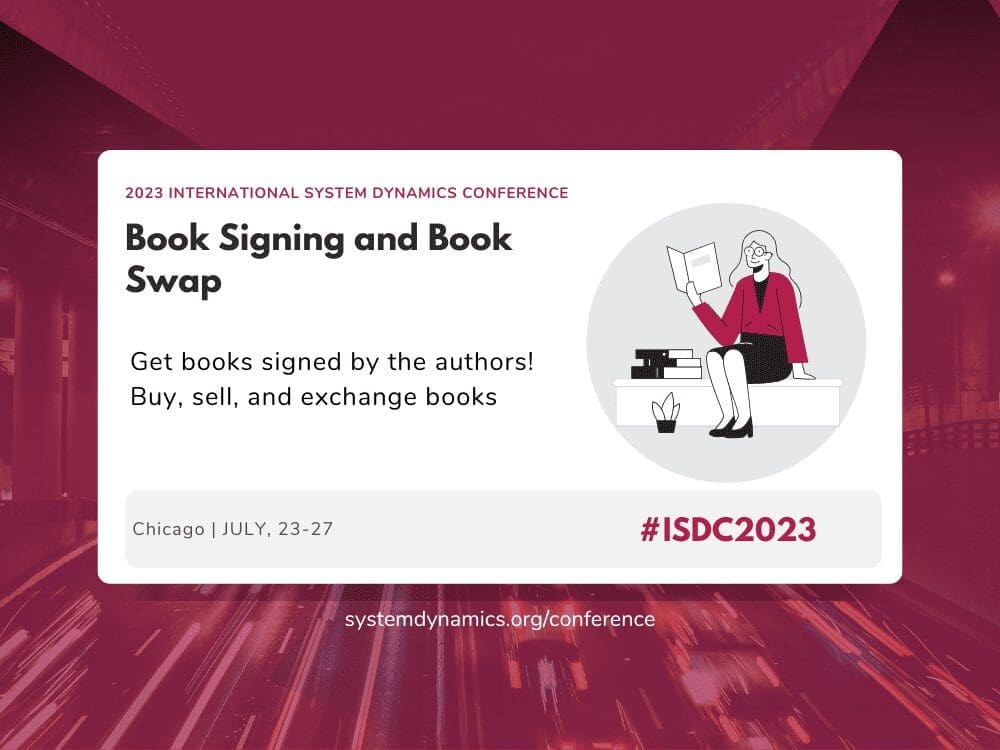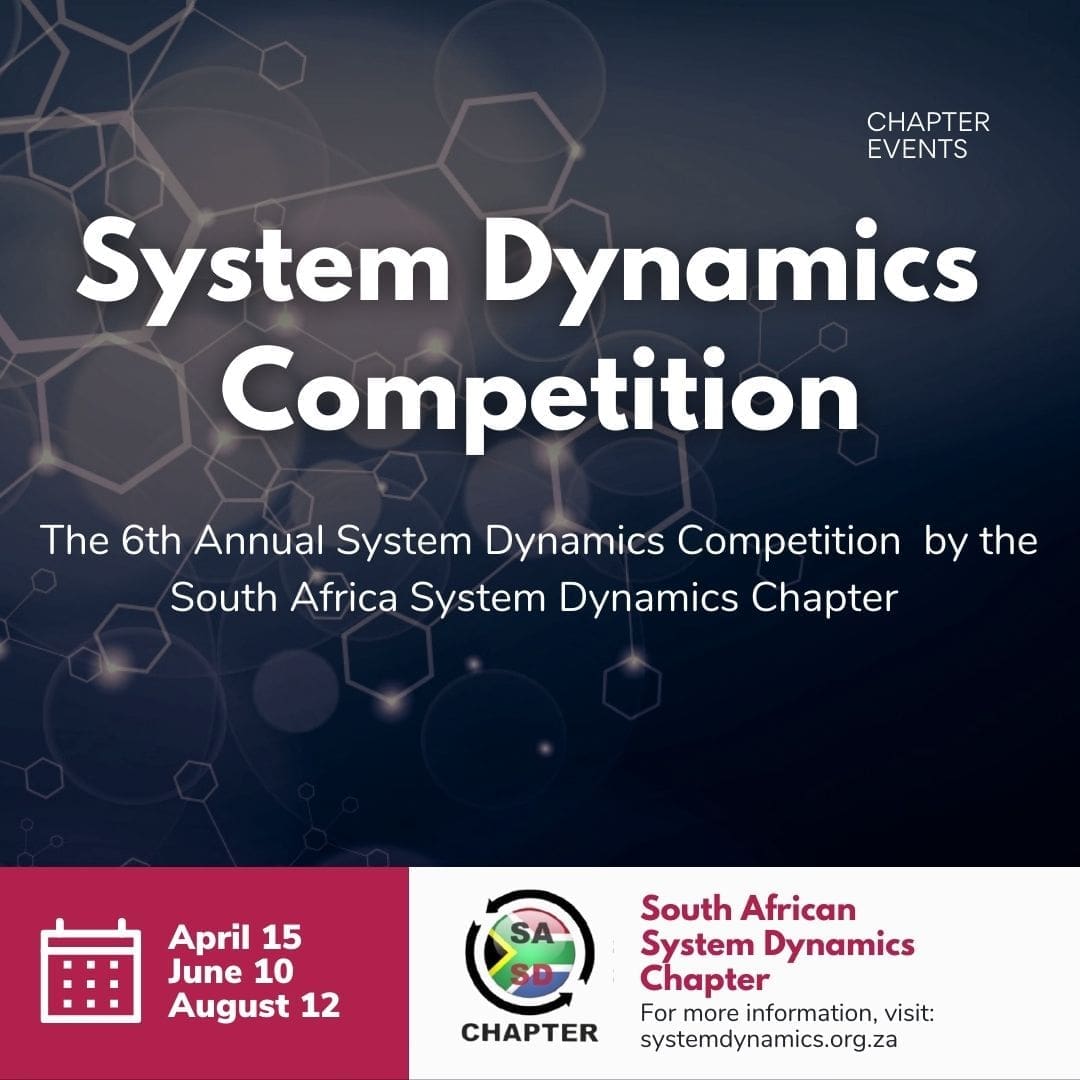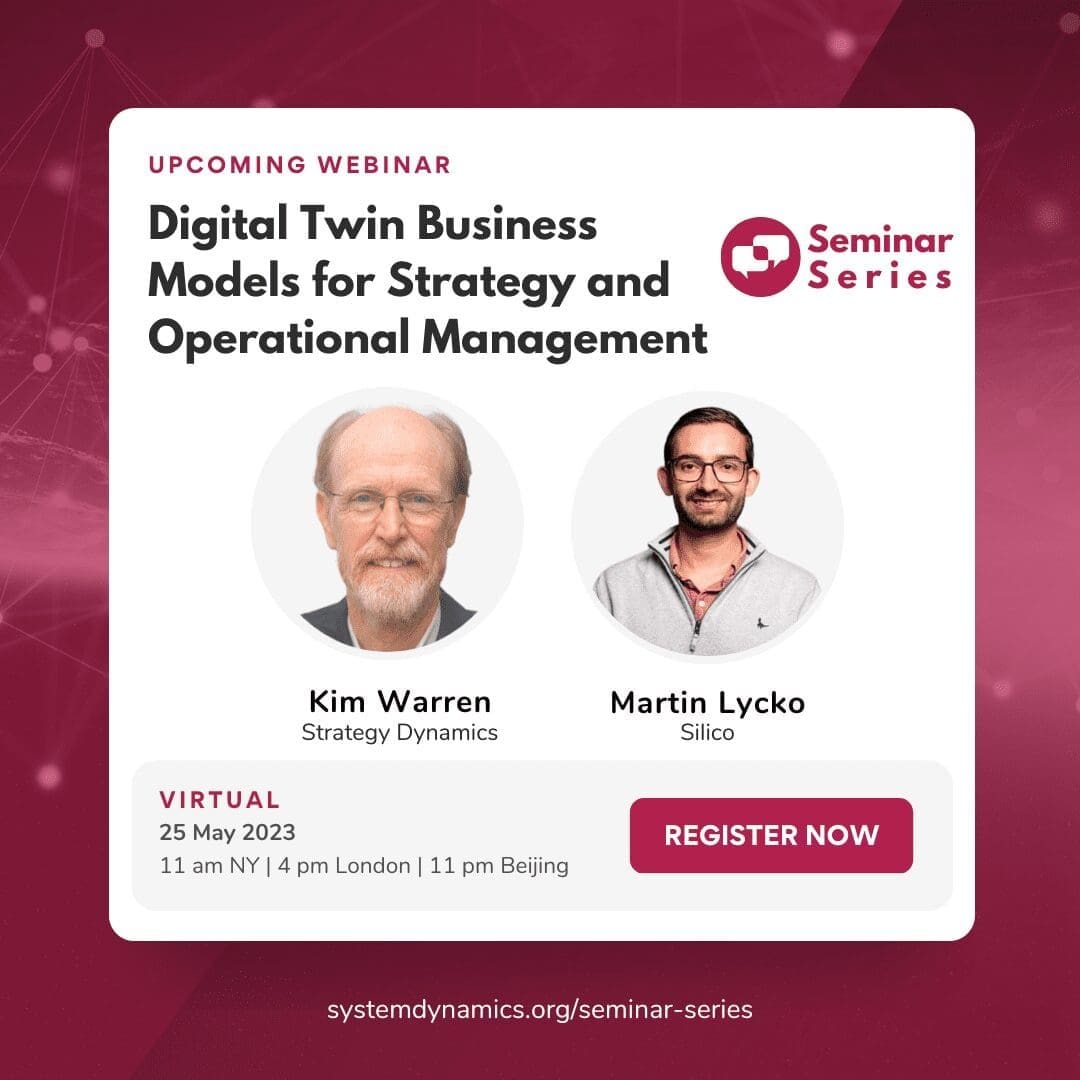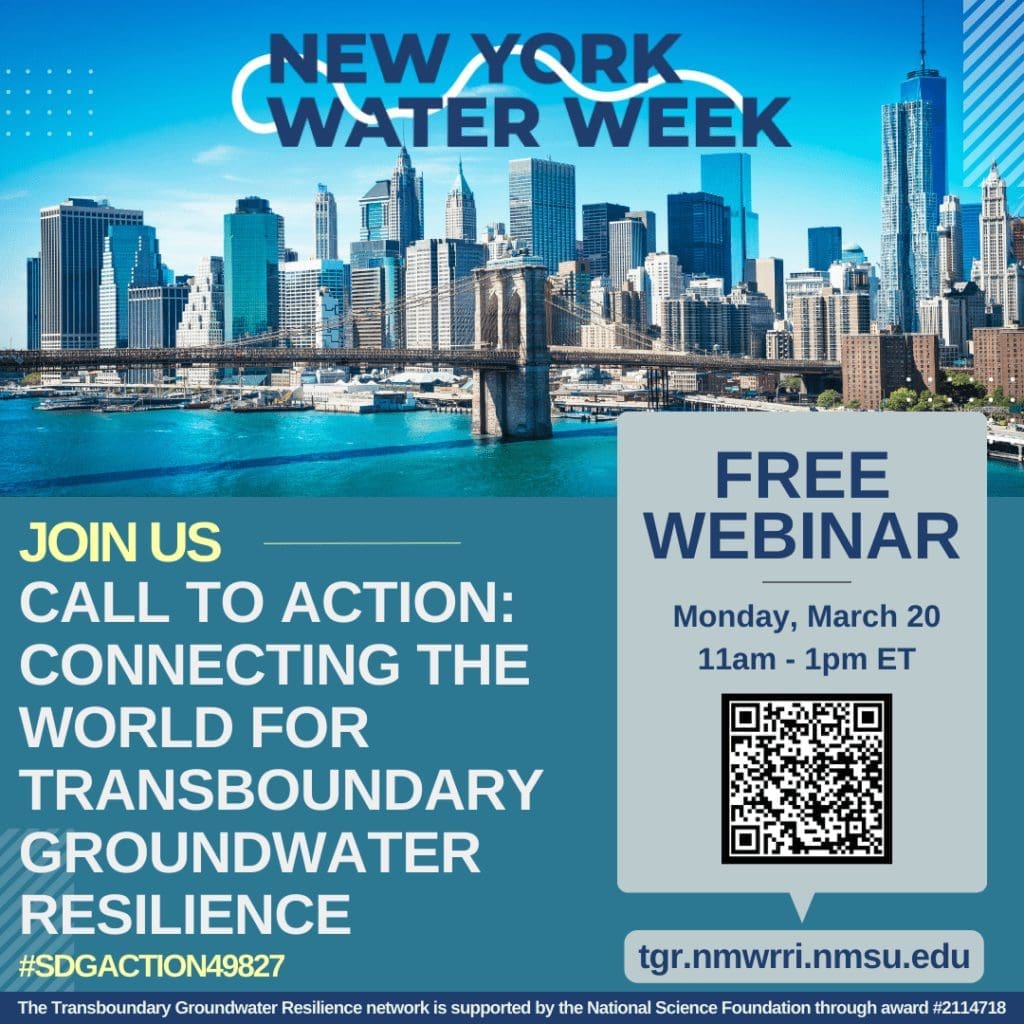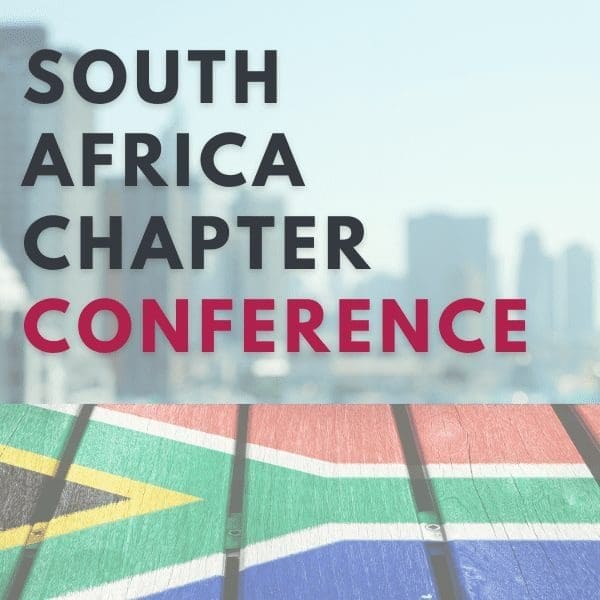A Digital Twin Business Model in 40 Hours
Though long past the date when I should have ‘retired’, I just can’t resist interesting projects, like the one a new friend brought me a few weeks ago. It concerns a small but fast-growing B2B business, providing a management-system SAAS platform for a certain type of real estate company.
The business model is essentially simple. The company gets revenue from [a] implementation fees as clients come on board and [b] continuing SAAS fees from live clients already using the system. Operating costs are dominated by staff in the various teams – sales and marketing, platform development, client onboarding, and customer support. Then there are the costs of running the SAAS platform and the usual overheads of finance, HR, and premises.
The initial problem? … Clients have questions or problems with the platform, so raise support-request ‘tickets’. A support team works to resolve those tickets. Although they already struggle to cope with the rate these tickets arrive, the business expects to double in size this year, and keeps adding new features to the system! So, you may say – hire more staff! But it takes months to learn about the platform and how to resolve client issues, so new staff contribute little to solving tickets and need to be coached while they are learning by the very people who are already struggling to cope.
Meanwhile, new clients must be ‘on-boarded’ – getting them on the system and learning how to use it. But the onboarding team, too, can’t cope with the rate of new clients and the ever-growing feature-set, so those new clients ‘go live’ with too little understanding of the system, so they raise still more tickets. Even after onboarding, ‘novice’ clients continue to raise 3x the rate of tickets of more mature clients.
The wider system. The business has captured the most valuable potential clients over the last 4 years – those with the largest property portfolios, the greatest need for the platform, the highest revenue potential, but also the greatest demand for platform functionality. So the platform developers are under constant pressure to build and release new features. And that pressure means features are released with too many bugs, which leads to more support tickets.
Those tickets come in 3 types – easy “How do I do this?” questions; complaints about things that don’t work; and more complex implementation challenges. So the support team is split in 3 groups too. The overload for each team means that backlogs of unsolved tickets build up. When those backlogs get unacceptable, they have to run “ticket-bashing” sessions when anyone who can help gives up extra time to clear the backlogs. And those sessions are happening more and more often. This puts pressure on the staff, risking a rise in turnover and further loss of even the limited support capacity that exists.
The onboarding team already struggles with existing features, and all new features come with unknown bugs, in spite of developers’ efforts to find them. So clients get new features OK, but fall over more bugs as a result … so the support team gets more support tickets to handle … but they don’t understand the new features either.
And, because the best clients have already been won, the business has no choice but to go for the mid-and small-scale clients. But those clients are harder to win – they have to be made aware, have the platform’s functionality explained, and have to be helped over the challenges that they fear will arise if they adopt it. And then those smaller clients deliver less value when they are won! And they don’t have great staff resources themselves, so they generate proportionally more support requests. Except that they don’t need the fancy extra functionality demanded by the top-range clients.
What my friend needs. First, he needed to just get a handle on the growing imbalance between the flow of support tickets and the capacity of the service team to deal with those requests. So that’s what the initial model did. It showed just how badly the problem would escalate over coming weeks if nothing changed, and pointed to solutions.
But he wanted more than just a working model of the support team’s workload because he could see that was just a symptom of a more complex set of issues, encompassing the whole business, all the way from initial marketing right through to the product development and staffing that has to happen. And of course, he and his colleagues need to understand not only where business development and performance may be going, but the financial implications as well.
So he needs a complete “digital twin” business model, playing out how everything in the system changes over time – platform IT development; marketing and partner acquisition, promotion and sales to 3 client segments, client on-boarding and support; all that ticket-handling across 3 teams; the staff development for all these activities; and all the financial results. And because things change constantly, typical quarterly results and monthly management reports are no use – he needs a model showing how the business is working week by week.
To understand what is going on, we need history – and because the issues surfacing today were triggered by events way back in the past, we need a model that starts in 2021 and goes out to 2024 and beyond.
What we did. My friend is the perfect client – he really “gets” how a living business model works, how powerful it could be, and how to guide its development. And he is willing to put in the hard yards to chase down the data needed. (At least this business has the data, which is often not true. In those cases, we have to estimate and triangulate between known items to fill in the gaps).
So I actually had the lighter load in all this. I spent some 40 hours building the model with the client’s guidance. He put in twice that effort to get that data and figure out with colleagues what had really been happening.
BUT we did it! – a complete digital-twin model that they can now use to work out priorities and policies to fix the current challenges and get the business in a state where it can grow, sustainably, into the future. And do so without the pressures and crises that currently risk overwhelming it. And all by relentlessly following the 4 steps of the strategy dynamics method you can discover in our online course on how to build dynamic business models:
Dynamic Business Modeling
An online course that guides you in creating a quantified, simulated “digital twin” of your business, highlighting inter-dependencies and feedback points.
Society members get a 20% discount
Recent Posts
The Pistachio You Eat Is Affecting Growers’ Water in Iran
The Pistachio You Eat Is Affecting Growers’ Water in Iran Iran and the United States are the leading producers of pistachios in the world, with a joint production of 74% of the world’s total. Rafsanjan, a semi-arid region in Iran, has long been famous for its...
Introduction to System Dynamics Modeling
Introduction to System Dynamics Modeling We had people joining us from all over the world at the “Introduction to Modeling Process” with Leonard (Len) Malczynski Watch the recording below to:• Build a small quantitative System Dynamics model• Use Studio by...
ISDC 2021 Highlights: Connecting Perspectives on Gender Dynamics
The International System Dynamics Conference (ISDC) convenes practitioners who demonstrate what’s new and developing in their fields with System Dynamics. This section of the WiSDom Blog, “Conference Highlights,” asks system dynamicists to spotlight key presentations...
Upcoming Events
SA Chapter SD Learning Lab
New to system dynamics? Want to learn in a controlled, but competitive environment? Join the South African Chapter in our SD Learning Lab Journey. In session 1 and 2 (Event 1) we build a case study model together. The purpose of the case study model is for you to...
Recent Business cases
Fluor Avoids Costly Project Changes Saving $1.3bn
Fluor Avoids Costly Project Changes Saving $1.3bn Fluor saves $1.3 billion in System Dynamics-based project management. #United States #Engineering #Fluor #Corporation CLIENT: FLUOR Fluor is one of the world’s largest engineering and construction firms, with 2008...
Du Pont Uses Game To Decrease Maintenance Costs By 20%
Du Pont Uses Game To Decrease Maintenance Costs By 20% Improvement programs such as Total Quality Management are embraced by many organizations but are often discontinued before full benefits can be reaped. With ever-increasing numbers of new techniques and methods...
Netherlands Justice Identifies Leverage Points to Manage 40k More Cases
Netherlands Justice Identifies Leverage Points to Manage 40k More Cases In 2003, Significant consulting and the Methodology group of Radboud University Nijmegen started a modeling project for the Ministry of Justice in the Netherlands. The aim of the project was is to...
Join us
Book Signing & Book Swap at ISDC 2023
Book Signing & Book Swap at ISDC 2023
Learn about their books directly from the authors!
Don’t miss out! Several book authors will join us at the Book Signing event at ISDC 2023. This event will be held live at the conference in Chicago, on Tuesday, July 25 at 12:15 pm CDT.
If you are an author of books related to System Dynamics or systems thinking, join us at the event!
Buy, sell, and exchange books
Do you have System Dynamics books that are accumulating dust on your shelf? Might other academics and practitioners in the field be interested in reading them?
Conference attendees are welcome to bring their new and used books to buy, sell, and exchange during this Book Swap event at ISDC.
Free shipping on Society books and games to pick up at ISDC
During the month of June, we’ll be providing free shipping coupons for LIVE conference attendees.
Pick up your products* at ISDC during the Book Signing & Book Swap event.
*Promotion only applies to the following specific Society publications, games, and replacement parts for games. Coupon code must be applied at checkout.
GAMES
- The Beer Game Complete Set
- Please note that the Beer Game comes in a long box (30 x 6 x 6 inches) that won’t fit in a carry-on bag and may not easily fit in checked luggage
- Fish Banks Ltd
- Beer Game Board & Game Pieces
- Beer Game Board Only
- Beer Game Chips
- Beer Game Customer Order Cards
- Beer Game Order Slips
- Fish Banks Replacement Boats
- Fish Banks Game Box
BOOKS
Members get a 10% discount on all Society publications. Join now!
Recent Posts
The Pistachio You Eat Is Affecting Growers’ Water in Iran
The Pistachio You Eat Is Affecting Growers’ Water in Iran Iran and the United States are the leading producers of pistachios in the world, with a joint production of 74% of the world’s total. Rafsanjan, a semi-arid region in Iran, has long been famous for its...
Introduction to System Dynamics Modeling
Introduction to System Dynamics Modeling We had people joining us from all over the world at the “Introduction to Modeling Process” with Leonard (Len) Malczynski Watch the recording below to:• Build a small quantitative System Dynamics model• Use Studio by...
ISDC 2021 Highlights: Connecting Perspectives on Gender Dynamics
The International System Dynamics Conference (ISDC) convenes practitioners who demonstrate what’s new and developing in their fields with System Dynamics. This section of the WiSDom Blog, “Conference Highlights,” asks system dynamicists to spotlight key presentations...
Upcoming Events
SA Chapter SD Learning Lab
New to system dynamics? Want to learn in a controlled, but competitive environment? Join the South African Chapter in our SD Learning Lab Journey. In session 1 and 2 (Event 1) we build a case study model together. The purpose of the case study model is for you to...
Recent Business cases
Fluor Avoids Costly Project Changes Saving $1.3bn
Fluor Avoids Costly Project Changes Saving $1.3bn Fluor saves $1.3 billion in System Dynamics-based project management. #United States #Engineering #Fluor #Corporation CLIENT: FLUOR Fluor is one of the world’s largest engineering and construction firms, with 2008...
Du Pont Uses Game To Decrease Maintenance Costs By 20%
Du Pont Uses Game To Decrease Maintenance Costs By 20% Improvement programs such as Total Quality Management are embraced by many organizations but are often discontinued before full benefits can be reaped. With ever-increasing numbers of new techniques and methods...
Netherlands Justice Identifies Leverage Points to Manage 40k More Cases
Netherlands Justice Identifies Leverage Points to Manage 40k More Cases In 2003, Significant consulting and the Methodology group of Radboud University Nijmegen started a modeling project for the Ministry of Justice in the Netherlands. The aim of the project was is to...
Join us
6th Annual System Dynamics Competition by the South Africa System Dynamics Chapter
System Dynamics Competition
CORRECT TIME: 2 PM CENTRAL EUROPE
The System Dynamics Society’s South Africa Chapter is hosting a System Dynamics Competition that offers participants the opportunity to learn new modeling skills directly from experts, collaborate with others, and win prizes! The competition is suitable for beginners, whether or not they have experience.
System dynamics is increasingly essential as humanity faces increasingly complex challenges. System dynamics integrates various fields through systems thinking and mathematical computer-based simulations, improving decision-making and forging systemic solutions rather than symptomatic fixes.
This year’s competition is unique in that participants will receive a small, working simulation and will expand its structure to derive non-intuitive insights. The competition will run for three weeks, with meetings on Saturdays. There are three streams to choose from, and participants can join one, two, or all three:
- Fishery Industry – Exploring Fish Banks (15 April to 6 May 2023)
- Ecological Diversity – Predator-Prey (10 June to 1 July 2023)
- Pollution in Hydrological Systems – Streamco-Flows (12 August to 2 September 2023)
At the end of each stream, judges will award a prize, and an overall prize will be awarded at the end of the competition. We encourage all interested parties to join the competition, expand their modeling skills, and contribute to advancing the field of system dynamics.
MIT System Dynamics Seminar | Complex Contagions and the Hidden Influence of the Network Periphery
Please visit the MIT System Dynamics Seminars page for more information.
You are invited to attend the System Dynamics Seminar being held on Friday, April 21st from 12:30-2:00pm EST in the Jay W. Forrester conference room, E62-450, or via Zoom: https://mit.zoom.us/j/99908059742 (Password: SDSP23). Our guest speaker will be Douglas Guilbeault (Haas School of Business, UC Berkeley) presenting Complex Contagions and the Hidden Influence of the Network Periphery (see abstract and brief bio below, announcement attached). Lunch will be provided to those attending in person and a reminder email will be sent out closer to the date.
If you would also like to schedule a 30-minute 1:1 meeting with him before or after the seminar, please fill out the following Doodle poll by COB Tuesday, April 18th and I will confirm times and location with a calendar invite: https://doodle.com/meeting/participate/id/boZ0Rxja. Please notify me if you need to meet over Zoom instead.
Abstract
The standard measure of distance in social networks – average shortest path length – assumes a model of “simple” contagion, in which people only need exposure to influence from one peer to adopt the contagion. However, many social phenomena are “complex” contagions, for which people need exposure to multiple peers before they adopt. In this talk, I argue that the classical measure of path length fails to define network connectedness and node centrality for complex contagions. I provide theoretical and empirical evidence that centrality measures and seeding strategies based on the classical definition of path length frequently misidentify the network features that are most effective for spreading complex contagions. To address these issues, I introduce novel measures of complex path length and complex centrality, which significantly improve the capacity to identify the network structures and central individuals best suited for spreading complex contagions. I validate this theory using empirical data on the spread of a microfinance program in 43 rural Indian villages. Implications for human cultural evolution are discussed.
About the Presenter
Douglas Guilbeault is an Assistant Professor in the Management of Organizations Group at the Haas School of Business. He studies how communication networks underlie the creation and diffusion of cultural content, such as linguistic categories and social norms. This investigation extends to how communication dynamics are shaped by various sources of influence, such as organizational culture and social media. His work has appeared in a number of top journals, including Nature Communications, The Proceedings of the National Academy of the Sciences, and Management Science, as well as in popular news outlets, such as The Atlantic, Wired, and The Harvard Business Review. Guilbeault’s work has received top research awards from The International Conference on Computational Social Science, The Cognitive Science Society, and The International Communication Association. He is co-director of the Berkeley-Stanford Computational Culture Lab, and he is a faculty affiliate of the Berkeley Institute for Data Science. He received his Ph.D. from the University of Pennsylvania, where he trained with sociologist Damon Centola in the Network Dynamics Group.
6th Annual System Dynamics Competition by the South Africa System Dynamics Chapter
System Dynamics Competition
The System Dynamics Society’s South Africa Chapter is hosting a System Dynamics Competition that offers participants the opportunity to learn new modeling skills directly from experts, collaborate with others, and win prizes! The competition is suitable for beginners, whether or not they have experience.
System dynamics is increasingly essential as humanity faces increasingly complex challenges. System dynamics integrates various fields through systems thinking and mathematical computer-based simulations, improving decision-making and forging systemic solutions rather than symptomatic fixes.
This year’s competition is unique in that participants will receive a small, working simulation and will expand its structure to derive non-intuitive insights. The competition will run for three weeks, with meetings on Saturdays. There are three streams to choose from, and participants can join one, two, or all three:
- Fishery Industry – Exploring Fish Banks (15 April to 6 May 2023)
- Ecological Diversity – Predator-Prey (10 June to 1 July 2023)
- Pollution in Hydrological Systems – Streamco-Flows (12 August to 2 September 2023)
At the end of each stream, judges will award a prize, and an overall prize will be awarded at the end of the competition. We encourage all interested parties to join the competition, expand their modeling skills, and contribute to advancing the field of system dynamics.
Digital Twin Business Models for Strategy and Operational Management
Digital Twin Business Models for Strategy and Operational Management
In the business field, dynamic models have long been used for simulating long-term plans (3+ years) and medium-term challenges and issues playing out over a few months or quarters. But models have also been used to understand shorter-term phenomena, such as in supply-chain and service-delivery cases. Often, though, the same structures and mechanisms operate over both short and long-time scales. Examples include customer acquisition and retention, and staffing (hiring, promotion, and turnover), and performance-improvement programs. This webinar will show how a single model can capture both short-term and strategic views of the same issue, enabling management to have a coherent long-term plan and to check the impact of that plan on short-term tactical episodes. Taken to the extreme, this approach can get close to offering a “digital twin” of a business or some part of the business, that closely matches its actual performance as well as the development of the wider system that drives that performance. Similar considerations may well apply to plans and challenges in other domains. In this webinar, you will learn:
- The benefits of using System Dynamics to capture both short-term and long-term perspectives of a business issue.
- How to design and implement effective digital twin architectures that can improve organizational performance.
- Real-world examples and case studies of how System Dynamics and digital twins have been used to optimize business performance and drive competitive advantage.
About the Speakers
2023 PwC Mark Paich Hackathon
Get ready for two exciting and intense days of collaboration and competition as teams come together for the hybrid PwC Mark Paich Hackathon. Starting on Friday, July 21 before the start of the ISDC2023, teams will compete to solve complex problems using System Dynamics and data science, with judging taking place on Sunday, July 23.
Don’t miss the chance to be recognized for your innovative solutions and join us at the conference banquet to celebrate the winners!
The Challenges: Artificial Intelligence or Health
The hackathon will require thoughtful consideration of new technologies and their potential. Participants will choose one of two challenges relating to Artificial Intelligence or Health.
Teams will have the opportunity to address questions regarding the use of new technologies that have the potential to bring about positive change and also carry significant risks if not thoughtfully considered.
Further details about the challenge will be revealed at the July 21 kickoff meeting.
Prizes
Teams will compete for recognition and a cash price of:
First $3,000
Second $1,500
Third $500
Exploring Careers in System Dynamics
Exploring Careers in System Dynamics
Join us for an engaging panel discussion on careers in System Dynamics featuring experts Sharon Els, Eduardo Romanovski, and Georg Pallaske, moderated by Shane Carnohan. This session will provide attendees with a look into the careers of three System Dynamics experts, with discussion and advice on pursuing and maintaining a successful career.
During the panel discussion, attendees will have the opportunity to hear about the panelists’ personal experiences, career journeys, and views on the field of System Dynamics. Topics that will be covered include the skills and knowledge needed to succeed, challenges and opportunities in the field, and integrating System Dynamics into real-world professions. Learn from their extensive experience working with government and corporate clients and gain valuable insights into addressing complex business challenges.
Whether you’re a student exploring your career options or a seasoned professional looking to collaborate or broaden your understanding, this panel discussion is an excellent opportunity to gain valuable insights and learn from experts in the field.
About the Speakers
Sharon Els is an expert in business modeling and simulation with over two decades of experience. Her extensive client work includes predicting market changes, optimizing corporate resource allocation, and improving project performance. She has advised corporate executives and government leaders on complex strategy, policy, and program challenges at various technology, aerospace, finance, gaming, and government organizations. Sharon’s insights and expertise have been instrumental in providing actionable recommendations and solutions to her clients. She currently works at Sage Analysis Group, where she continues to help organizations navigate complex business challenges.
Eduard Romanenko is a System Dynamics expert who holds a Ph.D. in System Dynamics from the University of Bergen (2022) and a European Master’s degree in System Dynamics (2014). He has been working as a full-time SD modeler and researcher for the past 3.5 years. Eduard has provided SD modeling capacity for various projects, including a project on urban stormwater management in Oslo and a 5-country EU-funded project on adolescent overweight and obesity. His contributions have provided insights into complex issues related to these projects.
Georg Pallaske is a System Dynamics expert and project manager with a passion for sustainability. He works at KnowlEdge Srl., where he develops customized analyses to support government decision-making. Georg is also pursuing a PhD at the University of Bergen, focusing on integrated sustainable development policies. As a project manager, he works closely with clients from inception to the presentation of results.
Call to Action: Connecting the World for Transboundary Groundwater Resilience
11th South Africa Chapter Conference
The South Africa System Dynamics Chapter (SASDC) is hosting our hybrid 11th annual South African System Dynamics Conference to create a networking platform where researchers can present novel work which contributes to systems thinking, System Dynamics (theory, methodology or empirics), systems engineering, and operations research.
Extended abstracts should contribute to the conference theme of “Unifying Systems through Collaboration”. Topics may tackle the following subjects:
- Health Dynamics
- Sustainability
- Education
- Sociology and Psychology
- Economics
- Natural Resource Management
- Technology
- Policy and Governance
- Transport
- Hydrogen Economy
- Circular
- Economy
Attendee Registration: systemdynamics.org.za/11th-asdc-registration/
Presenter Registration: systemdynamics.org.za/11th-asdc-submission/
|
DATE |
DEADLINE |
|
15-March |
Call for submissions (short papers/ work-in-progress/ case studies) |
|
25-Aug |
Short paper / work-in-progress/ case study submission deadline |
|
28-Sep |
Notice of submission decision to authors |
|
06-Oct |
Author registration deadline |
|
20-Oct |
Preliminary program |
|
31-Oct |
Attendee registration closes |
|
10-Nov |
Final program & conference details |
|
16-17 Nov |
11th South African System Dynamics Conference |
PRICING
|
Category |
Early Bird Registration |
Regular Registration |
|
SASDC Members |
R250 |
R300 |
|
Non-SASDC Members |
R350 |
R400 |
|
SASDC Student Members |
R150 |
R200 |
|
Non-SASDC Student |
R200 |
R250 |
|
Virtual |
R150 |
R175 |
Venue:
Eskom Research & Innovation Centre, Rosherville, Johannesburg, South Africa
Questions?
Contact: Nalini Pillay – Pillayna@Eskom.co.za



